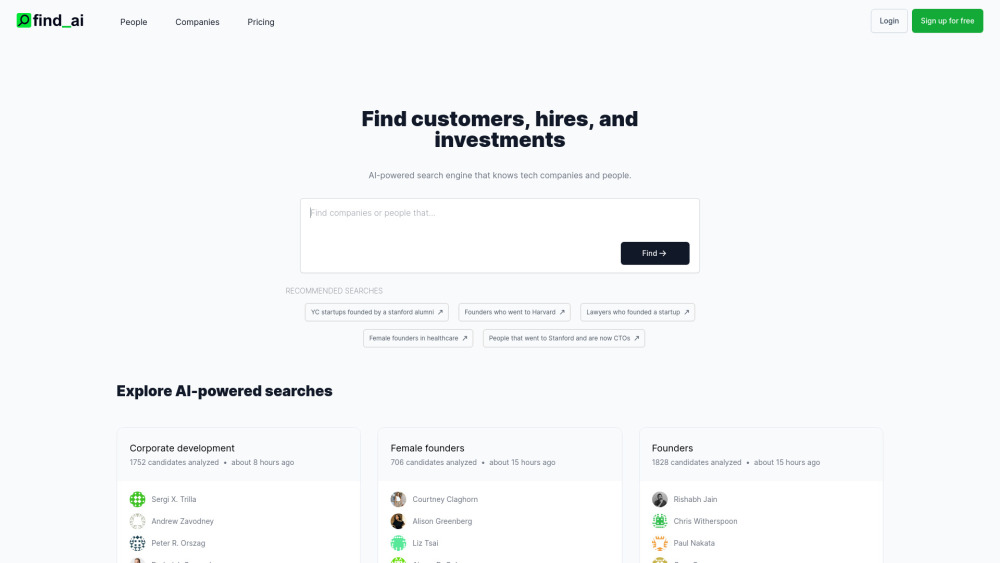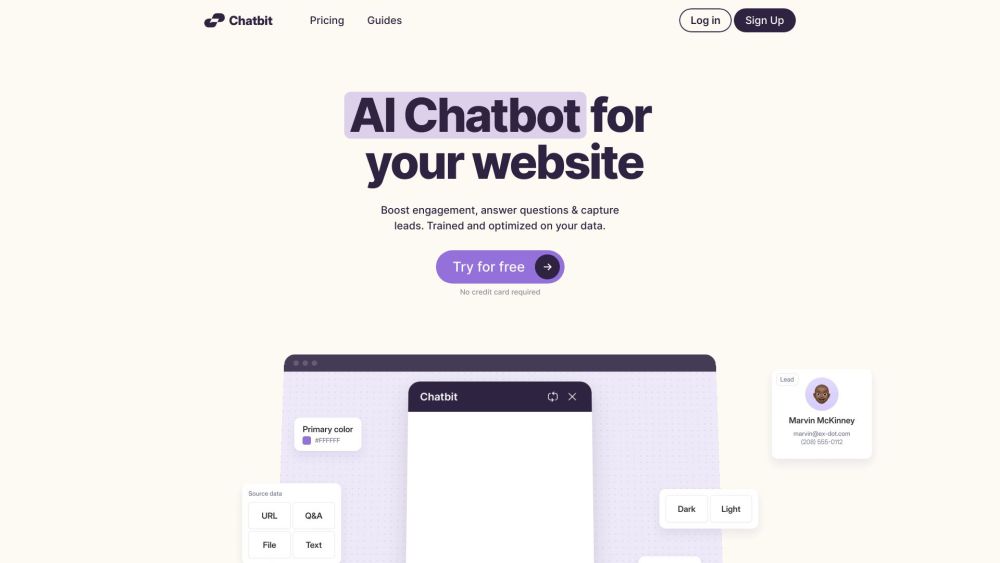The Future of AI Applications: A Changing Landscape
The rise of ChatGPT has sparked an explosion of large AI models globally, with over 80 emerging from China alone in a matter of months. This development has led to a competitive ecosystem involving major tech companies, startups, and academic institutions, all striving to create foundational large models. Although significant funding, talent, and technology have been invested, discussions about practical applications remain limited.
Large AI models serve as crucial infrastructure that necessitates practical applications, creating an expansive ecosystem. Baidu’s founder, Li Yanhong, envisions that generative AI will lead to innovative products and business models, unlocking countless opportunities for entrepreneurs and investors. He has stated that the application layer could foster opportunities potentially ten times greater than current giants like WeChat and TikTok.
AI applications can be categorized into two main types. The first category focuses on enhancing existing products with large models. Tech giants like Microsoft, Salesforce, and Alibaba, alongside many small to medium-sized software firms, are at the forefront of this trend. Microsoft has seamlessly integrated OpenAI’s technology across its offerings, including the New Bing search engine and Microsoft 365 Copilot. Similarly, Alibaba’s DingTalk has been upgraded with its own Tongyi Qianwen model, demonstrating how traditional SaaS companies are rapidly embracing AI.
In various industries, AI tools are transforming sales, consulting, and management, providing businesses with a competitive edge. For instance, Salesforce, a global leader in CRM, has launched two AI products, EinsteinGPT and SlackGPT, in 2023, underscoring its commitment to AI and data-driven strategies.
The second category encompasses native applications built on large AI models, which have yet to achieve significant breakthroughs. A recent innovation, "Agent," serves as an intermediary between users and large language models (LLMs). This could revolutionize existing distribution methods on platforms, allowing users to engage directly with Agents for services and potentially transforming traditional SaaS into AaaS (Agent as a Service). This paradigm shift will make technology adoption more accessible and introduce new usage scenarios.
The large model era promises to reshape both existing internet products and emerging AI-native applications. As Xiong Longfei, technical director of Kingsoft Office, emphasized, “The key is to build your own technological barriers.” Both historical expertise and future investments are vital. For example, Kingsoft Office has developed large model functionalities while establishing a solid foundation in document processing over its 35-year history, enhancing AI development since 2017. Additionally, Kingsoft has created essential technologies like vectorization systems and prompt management tools for successful large model integration.
For application-layer companies, the competitive barrier lies not only in model capabilities but also in product design, data management, and service networks. Grammarly exemplifies this, as a user noted its convenience through various input tools compared to general-purpose models like ChatGPT.
As model capabilities advance, the significance of computational power may diminish, with data emerging as a long-term competitive advantage. Dai Yusen, managing partner of ZhenFund, observed that improved data quality and quantity would enhance model performance, subsequently raising user entry barriers. WeChat illustrates this growth by initially lacking barriers but subsequently developing a strong network effect through distinct user relationships.
Entrepreneurs focusing on unique and robust industry data within niche markets or pioneering new fields are likely to succeed. The current wave of AI innovation acts as a filter, allowing only those with core competencies to thrive in the market.




